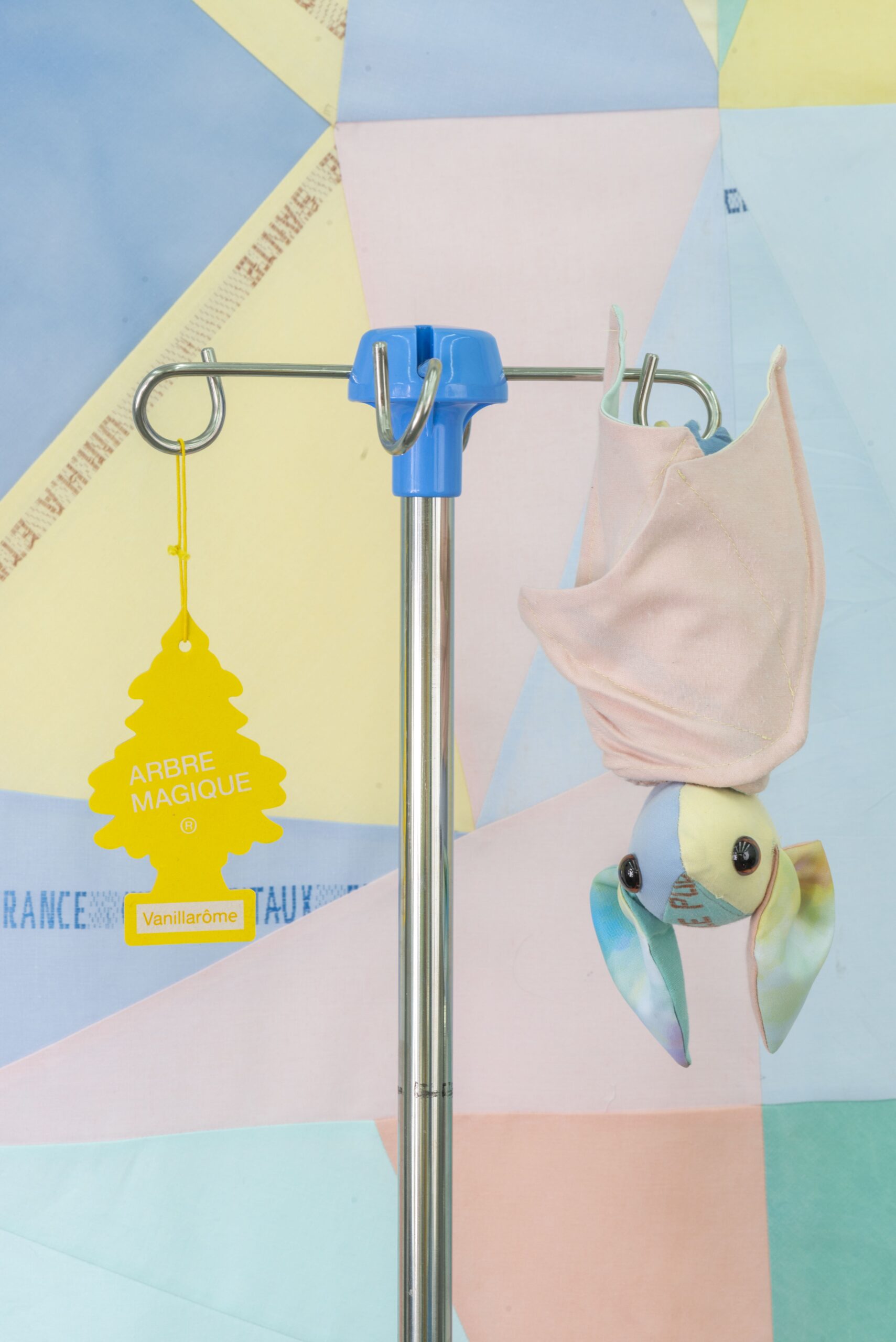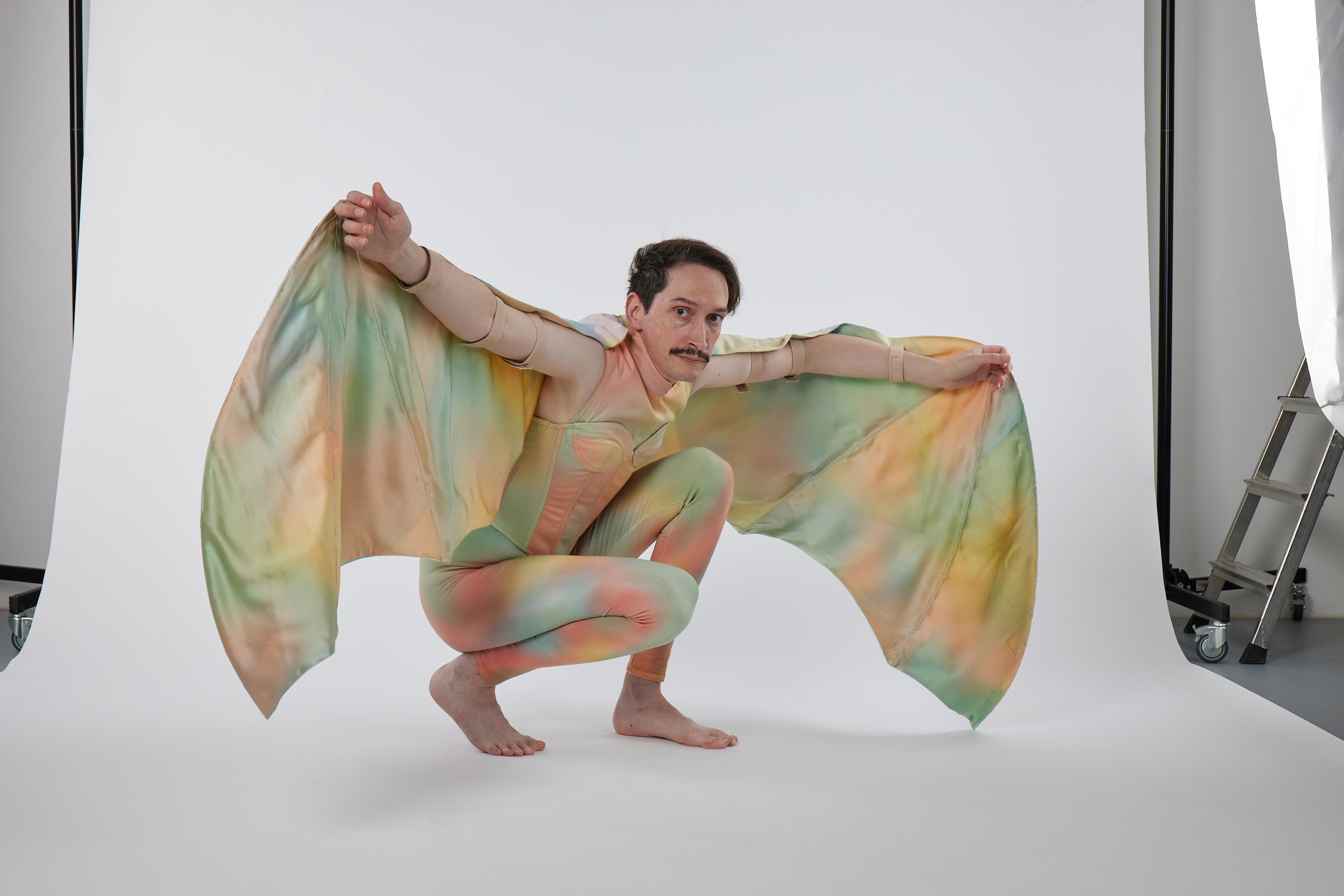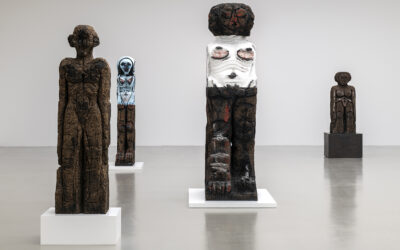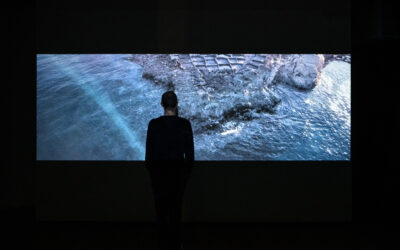The Art of Surviving
Benoît Piéron’s life is a remarkable journey of resilience and transformation. Born with meningitis and treated for leukaemia as a child, he was one of 4,689 in France infected with HIV and hepatitis viruses through contaminated blood during the 1970s and 1980s. Although he didn’t become seropositive, his life became a political statement.
In 2019, as he faced cancer, he revisited his traumatic childhood experiences in medical institutions. His work became an intimate connection to his survival, a way to transform the guilt of being one of the few survivors into generative energy. He harnessed this energy to create art that converts detritus into forms carrying the voices, secretions, and powers of others.
Piéron’s life involved a lot of waiting, primarily in medical waiting rooms. For him, waiting wasn’t about emptiness but fullness, a chance to observe closely, engage in focused activities, and discover wonders in the supposedly mundane. He found the ability to travel even when the body stood still. In his waiting room, currently on the third underground floor inside the MUMOK in Vienna, snow globes adorn the tables. Strangely contradictory objects, snow globes contain an entire world behind glass that remains elusive to the touch, and yet it is meant to be held in the hand. The snow globe unites within itself the living and the lifeless; like a still life, it shows a literally frozen world, a piece of the past that can, however, be brought back to life at any given moment with a simple gesture of the hand—a small shake—only to sink back into deep slumber.


The snow globes in Piéron’s waiting room are likewise encapsulated memories, glass reliquaries by means of which the artist shares with the public significant moments from his biography, a life story shaped by his experience of illness. He translates these moments into poetically heightened objects, making use of the magical potential of the snow globe to intertwine individual and collective memory.
Some of the globes refer to Piéron’s childhood and his leukemia. magic balloon, for example, shows a blowpipe with balloon paste like the one that Piéron and his best friend, who died of an HIV infection, used as a toy in the hospital. millefeuille recalls Piéron’s grandmother’s visits to him in the hospital and an associated dessert, the idea of which promised a life after chemotherapy.
One of the most significant symbols in Piéron’s work is Monique, a bat that has been with him—as alter ego and companion—in different guises for several years. Monique embodies Piéron’s childhood interest in the figure of the vampire, the undead creature that has a particularly lustful predilection for human blood. Sometimes, Monique appears as a cute stuffed animal that Piéron has sewn out of recycled hospital sheets in order to combine these scraps, marked as they are with the traces of sick bodies, to form a new collective body. The pastel shades found throughout his work are derived from the colours of the sheets in French hospitals.
Piéron’s work on view until January 7th 2024 is a testament to his alternative expression of illness, far removed from romantic heroism, existing in a realm that is both grey and joyful. It’s a journey of healing, transformation, and profound artistic expression.



Words by Fabzirio Mifsud Soler
Images:
Photos: Georg Petermichl / mumok / Deinhardstein
Courtesy Mumonik, Galerie Sultana and the artist © the artist
Be part of our
community
Explore art, photography and design that inspires you. Discover new artists,
follow your favorites and connect with the creative community.
Huma Bhabha: Ambiguous Otherness
With her first monographic exhibition in a French institution, Huma Bhabha seamlessly weaves together diverse eras, materials, and iconic forms to create thought-provoking works that explore anthropomorphic and hybrid presences.
Small Amnesias – Kunsthalle Neuwerk
Explore ‘Small Amnesias’ at Kunsthalle Neuwerk, an evocative exhibition by Maltese artist Vince Briffa. Immerse in a unique blend of video art and soundscapes that echo Malta’s rich heritage, expertly curated by Nina Maier. A sensory journey of memory, identity, and place
Reevaluating Western Perspectivism
Dev Dhunsi, a Norwegian-Indian multidisciplinary artist and photographer based in Stockholm is currently presenting his inaugural solo exhibition at MELK, Oslo. “Encircling Stories” features images captured during Dhunsi’s seven-year exploration, spanning from Punjab to Goa, traversing diverse regions of India by train. The exhibition reveals evolving relationships with land, highlighting the complexities of a region undergoing agricultural challenges, monoculture threats, and dispossession.
Powered by
Publications
Social
Legal



